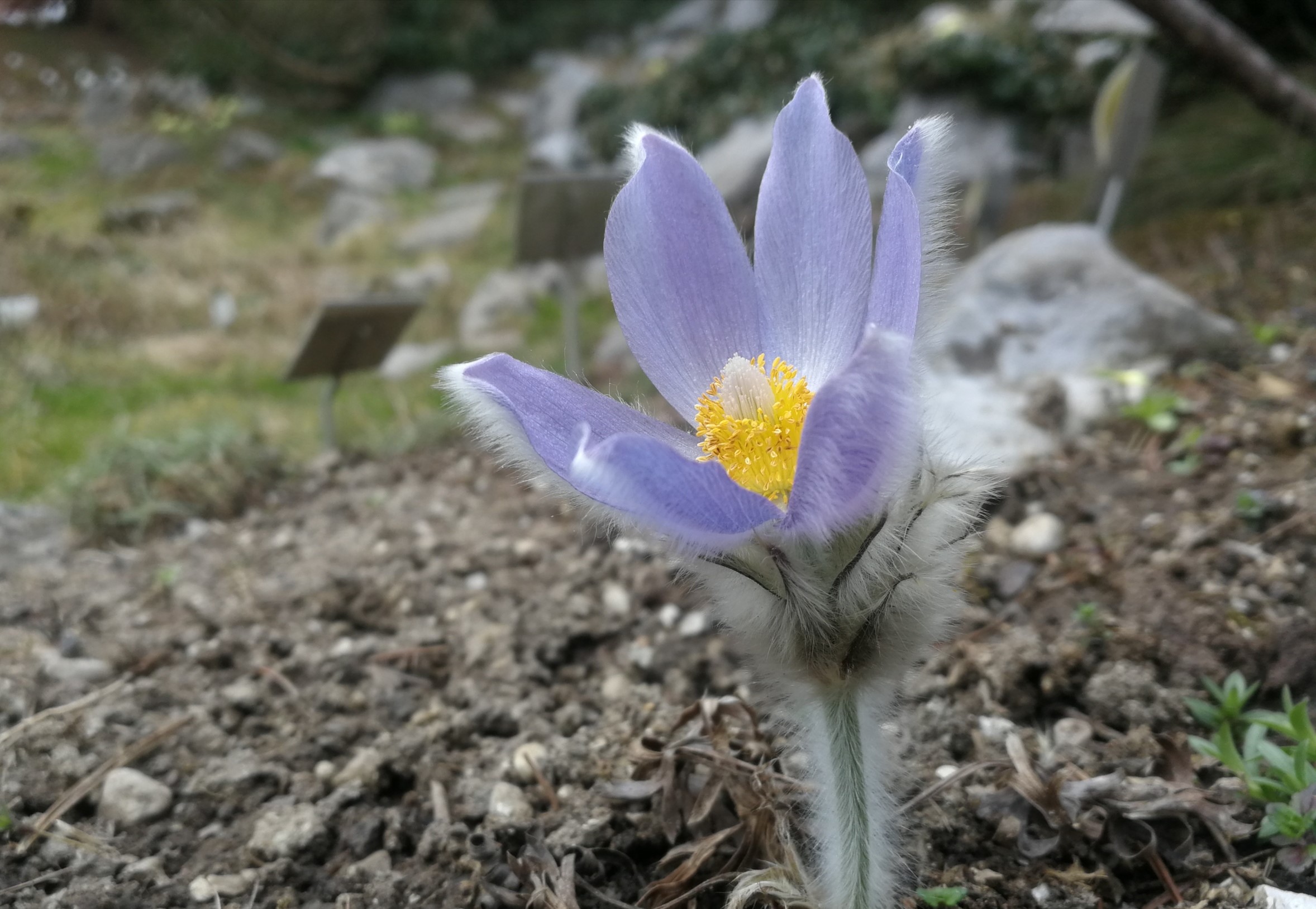Date: 18th February 2022
Presenter: Primož Vidovič
Chapter: II. The Cartesian Objection
*featured image: Greater pasque flower, Pulsatilla grandis (sl. velikonočnica), photographed in the botanical garden in Ljubljana. Native to the dry grasslands in Eastern and Central Europe, its four sites in northeastern part of Slovenia comprise the southwestern brink of its areal. It flowers from February to mid-April. It already develops its flower under the snow cover (given there is one). Velvety hairs protect it from the ice crystals. When the sun melts the snow and warms up the calcium-rich soil, the flower opens. It is at its most beautiful then, adorned with a velvety fluff. After the first bout of rain, it is no longer as abundantly lanate. Its growth accelerates (it grows 40 cm tall), it develops leaves, and the flower begins to dangle and soon withers. Its opulence, however, returns when it fruits: its anemochorous plumed seeds form a fruit that resembles tousled hair.
